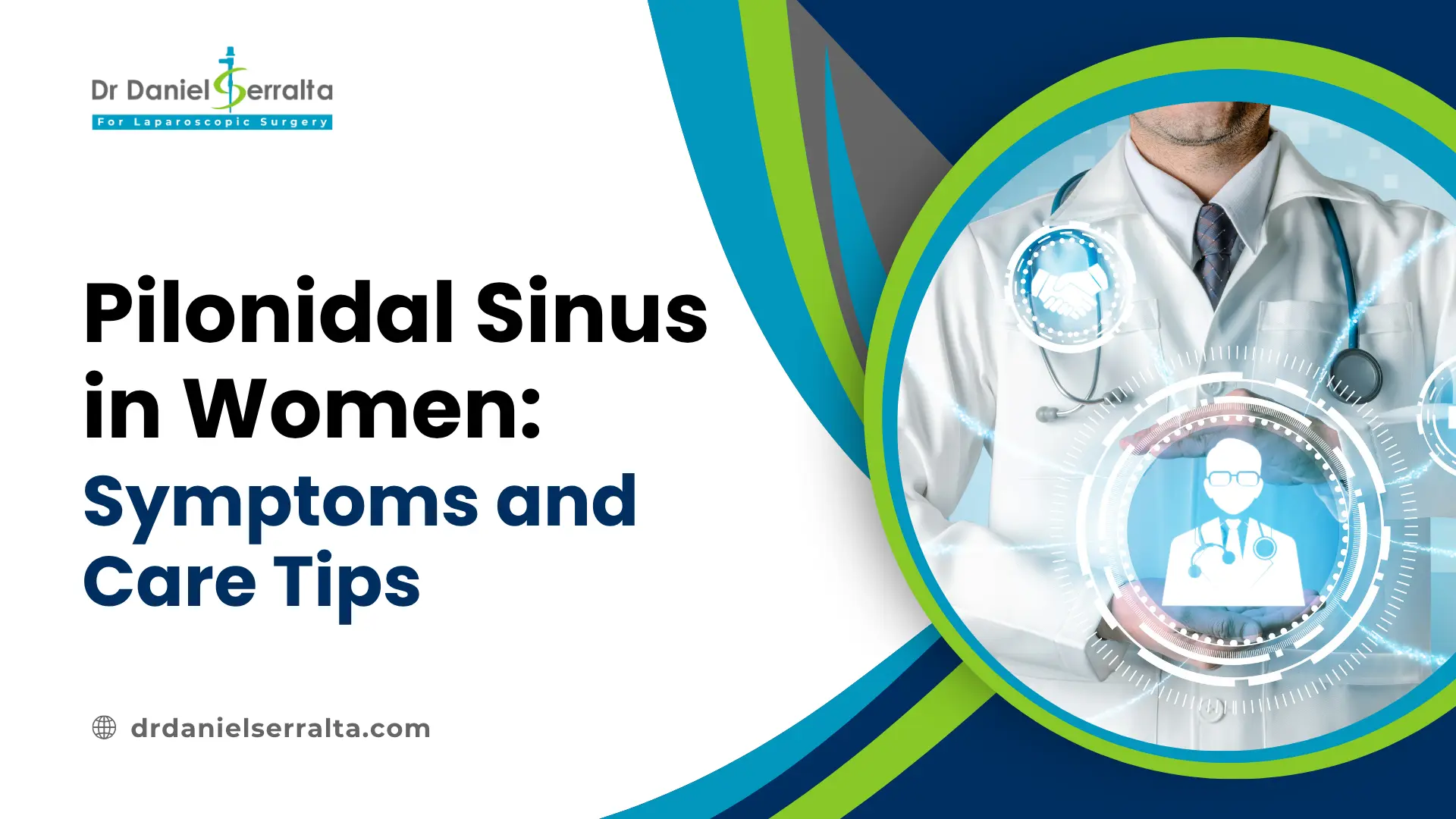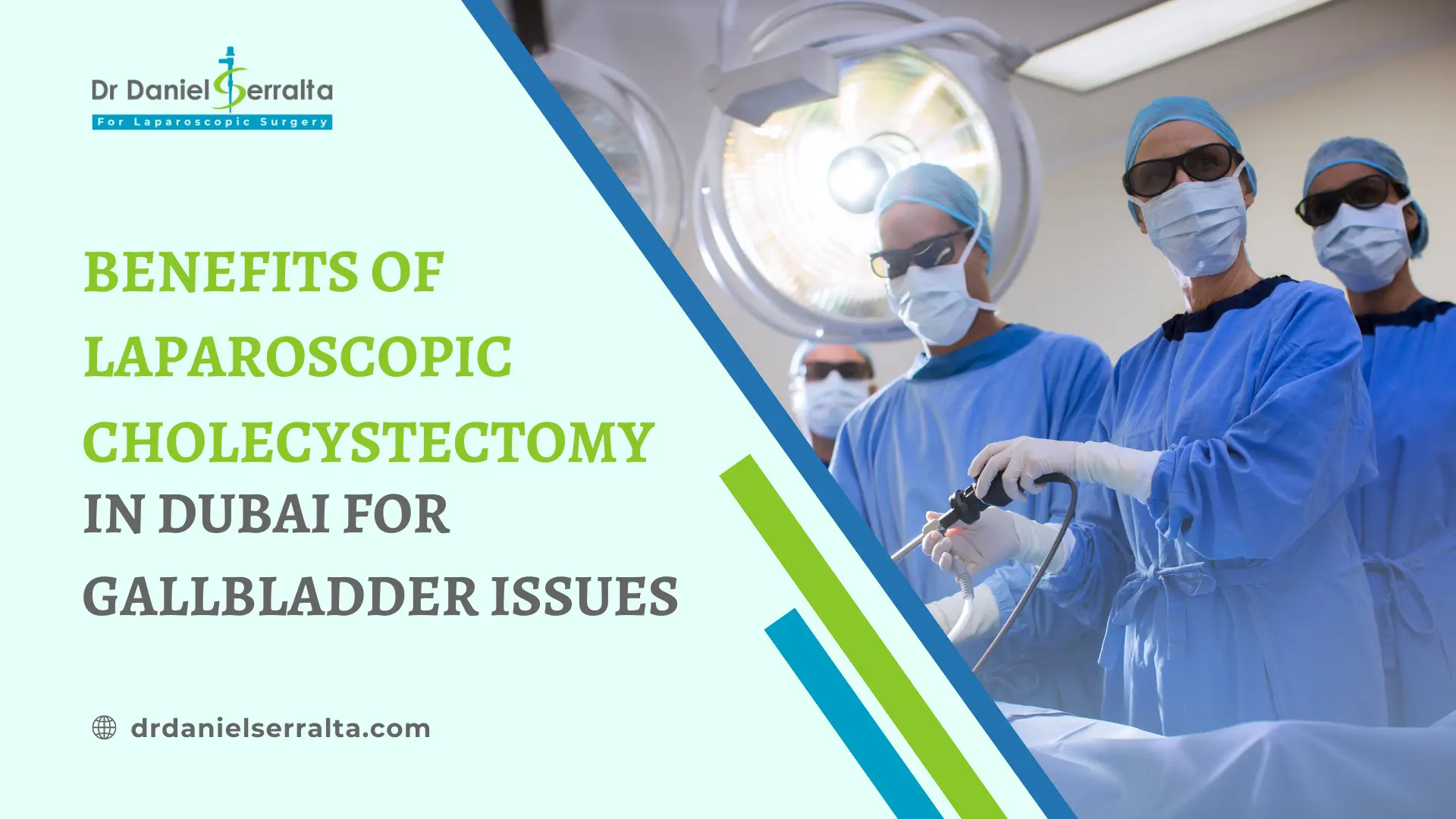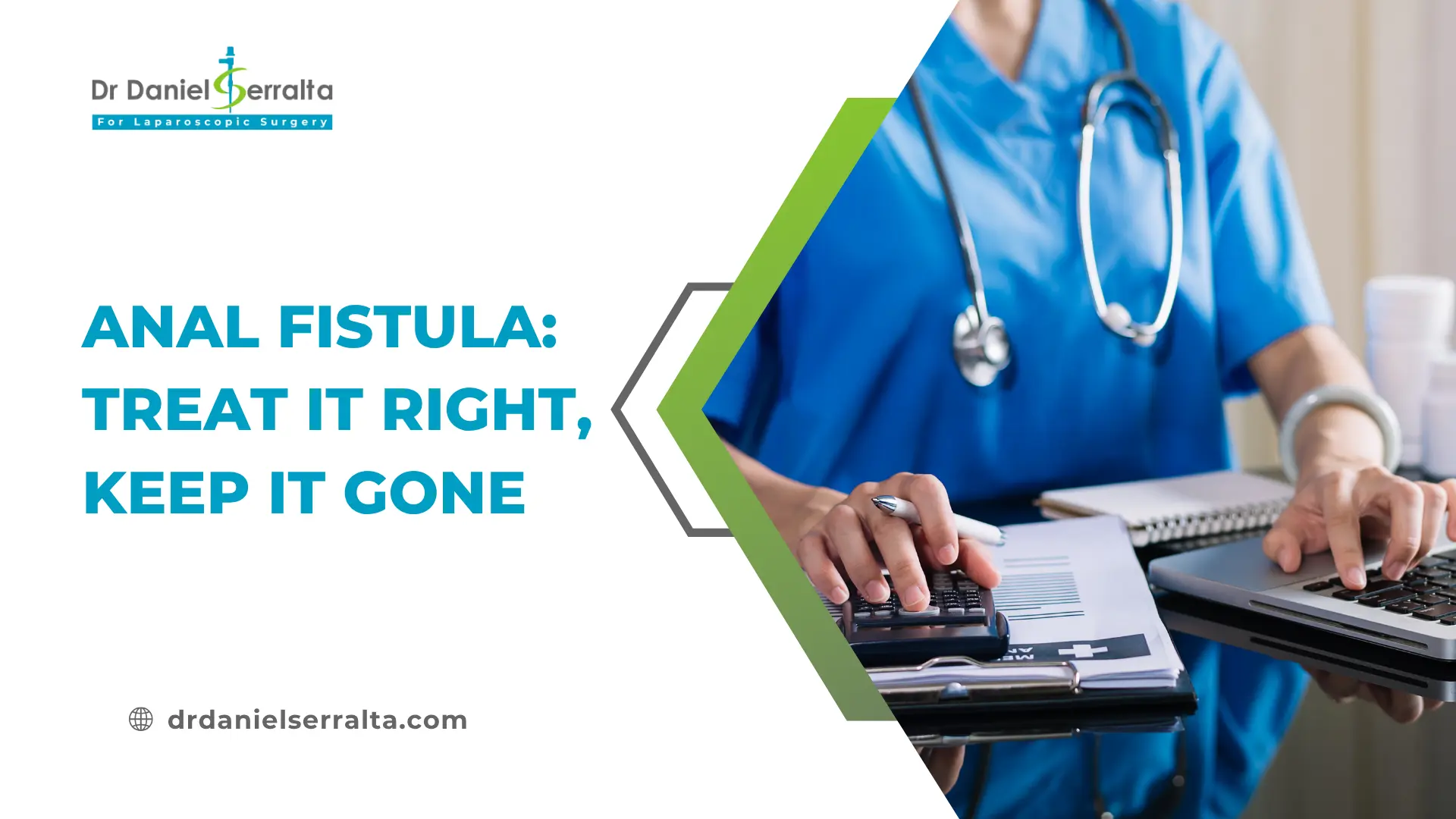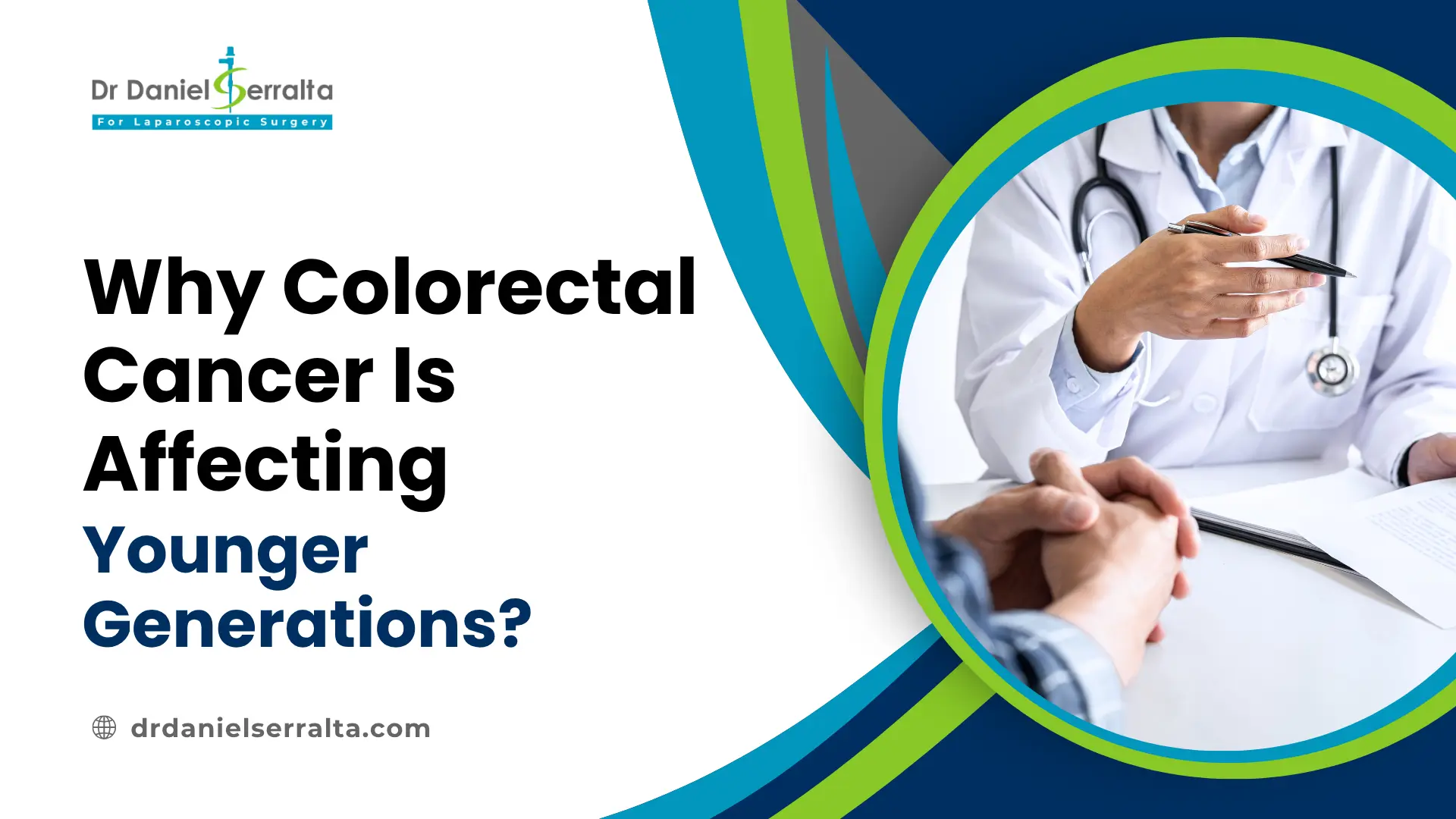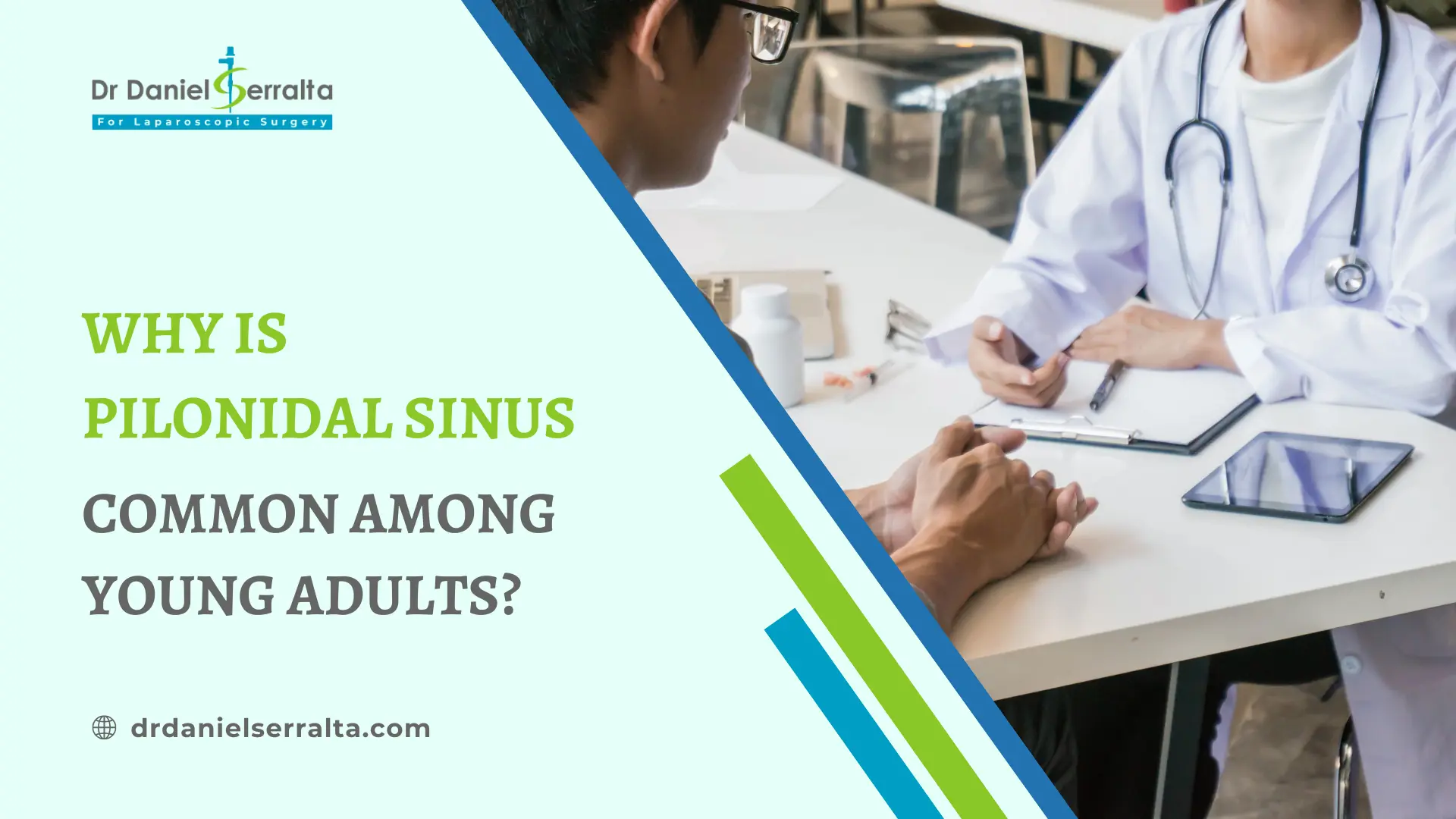Pilonidal Sinus Recurrence – Causes, Prevention & Treatment
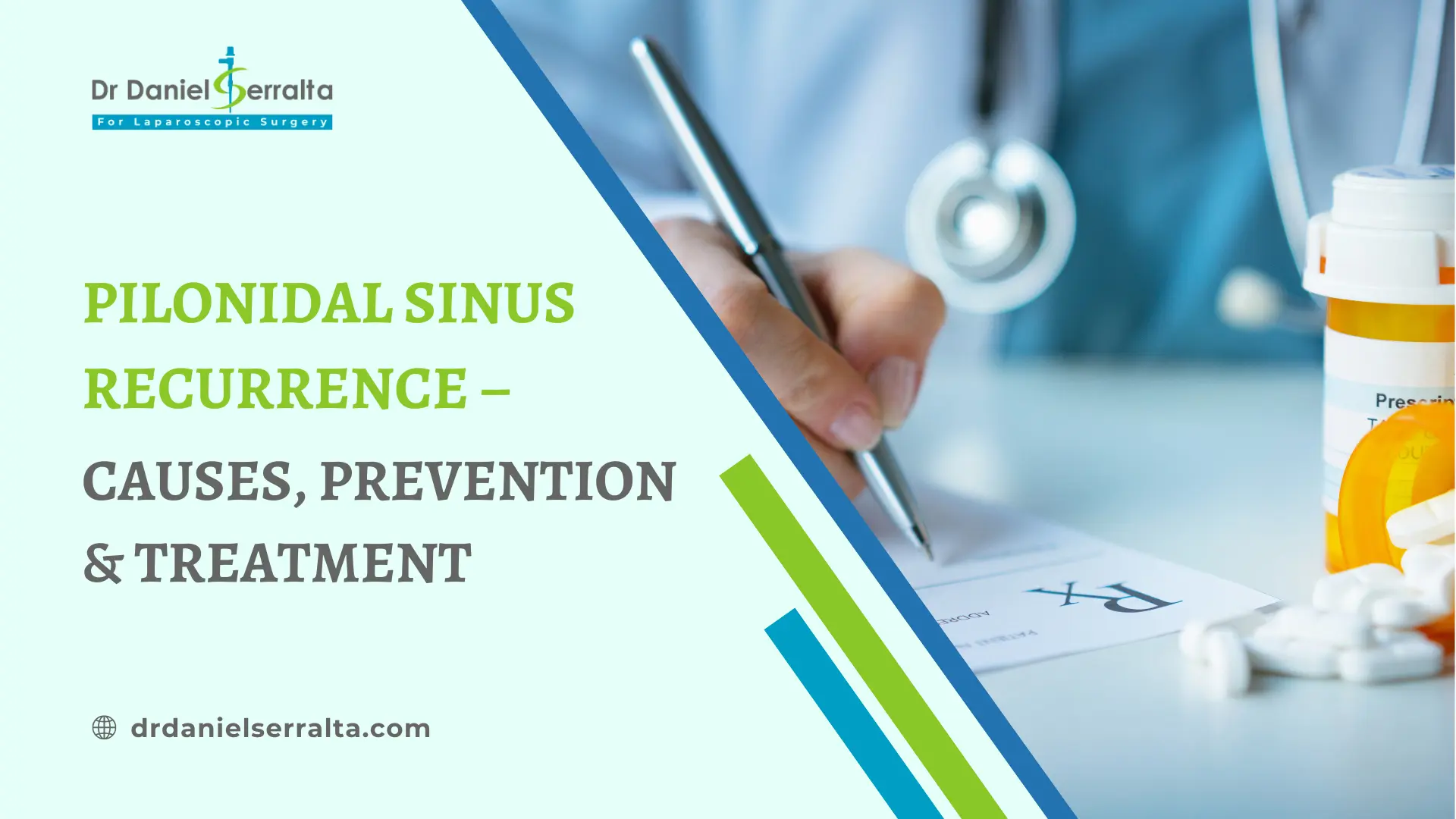
Pilonidal sinus disease (PSD) is a chronic disease characterized by the presence of a small tunnel or cyst in the skin, typically associated with the tailbone, between the buttocks. As per my experience, I consider surgery to be often required to cure the condition permanently. Pilonidal Sinus Recurrence After Surgery is a genuine concern if treatment is inadequate or aftercare is not followed carefully. Sometimes it happens even with the best treatment and care!
What is Pilonidal Sinus Recurrence?
Recurrence is the term used for a sinus or cyst coming back after surgery or treatment. After treatment, it can take months or years for someone to return to their previous status. Some of the reasons for recurrence could include incomplete removal of the sinus tract, inconsistent or poor healing conditions, infection or re-entry of hair or irritation and even a wrong initial diagnosis. Some of the signs of a recurrence that I noticed while handling such patients are:
- Pain or swelling in the natal cleft (buttock cleft)
- Redness or discharge from the wound
- Tenderness or difficult to sit
If I can watch out for these signs early, I can start treatment right away, accompanied by the best Pilonidal Cyst Surgery.
What Is the Recurrence After Surgery?
The rates of recurrence vary based on the surgical technique used and the time of follow-up:
- Simple incision and drainage of abscess (very high recurrency).
- Midline closure techniques (high rates) are often over 30%
- Off-midline flap options such as Karydakis or
- Limberg lead to the lowest recurrence rates, often < 5% in long-term studies.
- Laser-assisted procedures are a relatively new option, but early results demonstrate promising low recurrence (around 10% at 2 years).
The most important factor is the surgery (if done correctly), but I will also suggest appropriate postoperative wound care and preventative measures afterwards.
Reasons for Pilonidal Sinus Recurrence
- Incomplete Healing – If portions of the sinus tract are still present, the disease can reoccur.
- Inadequate Wound Care – Not following the recommendations for cleaning and dressing, keeping the wound moist or dirty the wound may allow the wound to become infected.
- Hair Re-Entry – Loose hair penetrating the skin causes a new sinus to develop.
- Sitting for too long – Extended periods of sitting increase friction and pressure in the area.
- Wearing Tight Clothes – Causes sweating and irritation, and increase the chances of recurrence.
- Late or no follow-up – Missing follow-up appointments may result in an early recurrence being missed.
- Healing process disruptors – these can be genetic, pharmaceutical (e.g., steroids, chemotherapy, radiotherapy, immunosuppressors, some antibiotics like quinolones), and, most importantly, nicotine. Yes, smoking has one of the worse effects in healing processes and its comlpetely under our control!
Surgical Treatment Options for Pilonidal Sinus Recurrence
Non-surgical means are not effective for pilonidal sinus recurrence, and surgical treatment is the only effective option. In my opinion, common surgical options include:
1. Excision with Open Healing
- Recurrence rate is lower than midline closure
- Time to heal is longer than midline closure (sometimes months)
- This technique requires daily wound management by an expert nurse or doctor
2. Off-Midline Flap Surgery
Examples include Karydakis or Limberg, that work to place healthy tissue over the excised sinus area.
- Healed earlier than open healing
- Low recurrence (less than 5% usually)
- Less discomfort after surgery
3. Minimally invasive surgical options
Endoscopy and laser assisted techniques are available in specialized centres.
- Small incisions, less pain, faster return to activity
- Preliminary studies show good outcomes with low recurrence
- Best for selected surgical cases.
Ways to Avoid Audacious Pilonidal Sinus Recurrence
- The surgical area should be kept dry and clean. Hygiene maintenance can eliminate the fear of recurrence.
- Removing hair: Following up with laser hair removal is more effective than shaving. Although the medical literature shows not definitive advantage, I do believe that if it’s done after the surgery is fully healed, it reduces the chance of recurrence.
- Don’t sit too long: If you have a job that requires prolonged sitting, make sure you change positions, and use cushions.
- Dress well: Loose, cotton clothing will move moisture away from the skin, reduce sweating, and irritation.
- Ongoing follow-up appointments: Leave time to attend follow-up appointments so potential symptoms to prevent a Pilonidal Cyst from Coming Back can be diagnosed.
Pilonidal Sinus Treatment in Dubai
Under my supervision, you can avail modern clinical care for Pilonidal Sinus Surgery in Dubai and its recurrence. Options include: off-midline flap techniques, endoscopic treatment or laser-assisted surgery.
Working with a skilled colorectal surgeon in Dubai will guarantee:
- Accurate Diagnosis
- Modern surgical techniques are used that leads to low recurrence chances
- Post-operative care, including wound care and recommendations for prevention.
Guide for Selecting the Best Pilonidal Cyst Operation Procedure
When picking a hospital regarding Pilonidal Sinus Treatment in Dubai, look for:
- Surgical facilities with advanced options, including flap techniques and minimally invasive surgeries
- Patient outcomes indicating low recurrence rates
I, as a surgeon with years of experience, will provide you with informed choices that give you the best opportunity for long-term success.
Secure Long-term Relief by Having Best Surgery Options
It can be harrowing to manage recurring pilonidal sinus issues; however, there are possibilities for effective treatment. My proficiency in pilonidal cyst surgery in Dubai, utilizing the best surgical techniques can provide long-lasting results and quicker recovery. Do not let pilonidal sinus recurrence destroy your quality of life, call for a consultation today [+971568054323] and improve your health conditions.
Conclusion
There can be recurrence of pilonidal sinus but with effective surgery and preventative measures, recurrence risk may be mitigated. Current surgical options including off-midline flap excision and laser options provide the best outcomes. By ensuring good hygiene, keeping the area free of hair, and following medical advice provided, patients can enjoy long-term relief and significantly reduced likelihood of recurrence.
Frequently Asked Questions
1. Why does pilonidal sinus recur after surgery?
A condition can recur if all the sinus tract is not excised, if it is excised & care is poor, new tracts develop due to hair and friction or if the initial diagnosis was wrong (anal fistula).
2. What surgical technique has the least chance of recurrence?
Off-midline flap surgery such as Karydakis or Limberg flap have lower recurrence rates.
3. Is Laser surgery a good treatment for pilonidal sinus?
Laser assisted techniques have a good track record with fast healing and low rates of recurrence showing promise, but are still limited in long-term data.
4. When did recurrences occur?
Most occur after surgery in the first 4 years but some can occur later.
5. Is there anything I can do after surgery to prevent recurrences?
Keep the area hair-free, maintain good hygiene, limit prolonged sitting, attend post-surgery follow-up appointments. And of course, if you smoke, quit during the full healing process!
6. Is shaving enough to prevent recurrences?
Shaving may irritate skin and is not as effective as laser hair removal, which is advised.
7. What is the recovery time after surgery?
Recovery time differs with the surgical technique. Off-midline flap surgeries usually allow return to regular activities quickly, whereas open healing may take longer.

